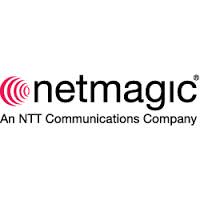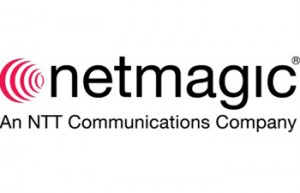5 mins read
How To Convert Your Datacenter To A Formula 1 Racecar

IT infrastructures have changed considerably over the
Tags:
- definition of it infrastructure
- explain it infrastructure
- explain what you understand by it infrastructure
- infrastructure plural
- infrastructure technology definition
- infrastructures companies
- it infrastructure development
- it infrastructure support definition
- it infrastructures means
- jobs infrastructures
- meaning of itil
- simplex infrastructures
- types of infrastructures
- what does infrastructure mean in technology
- what is it infastructure




